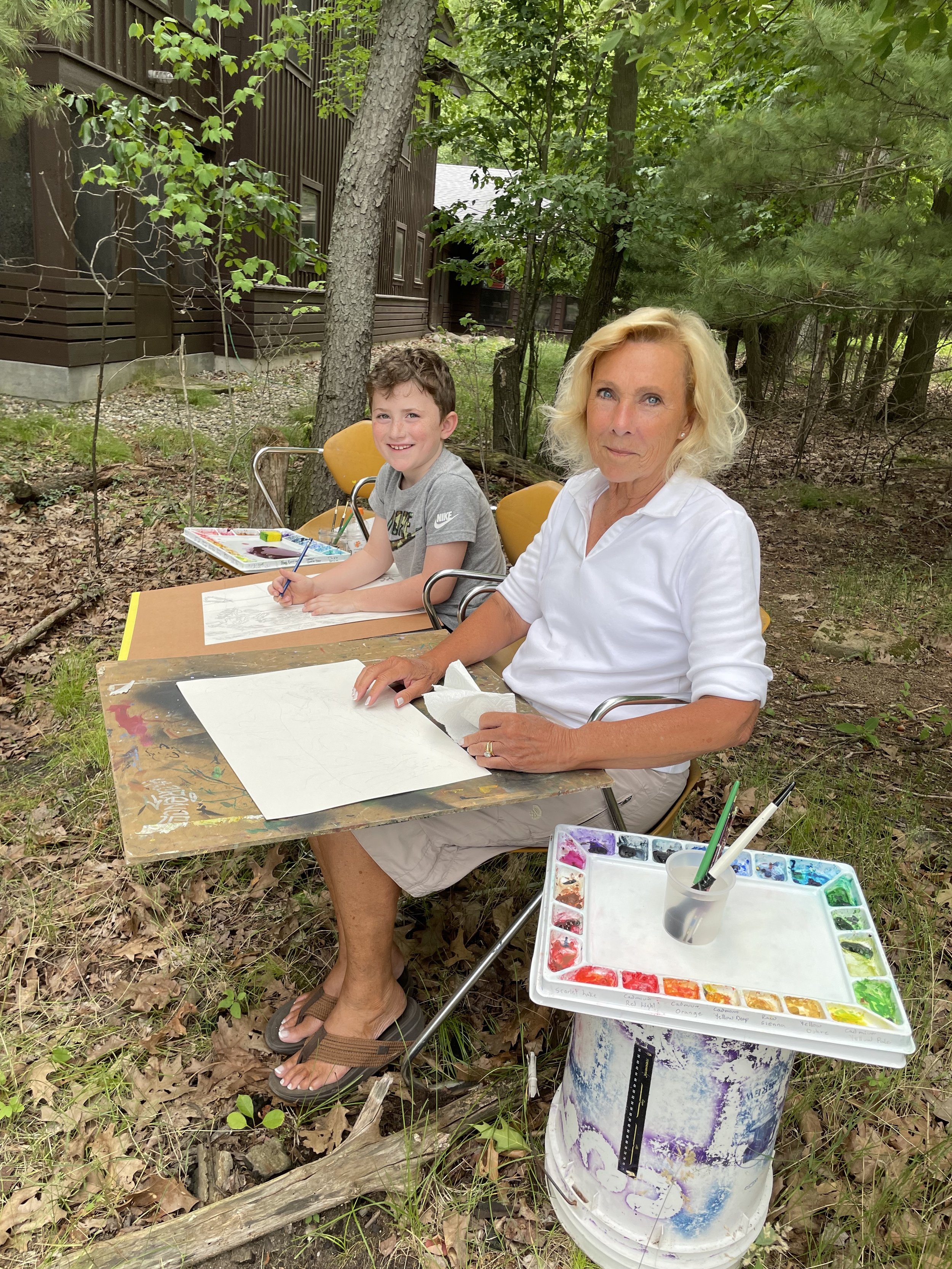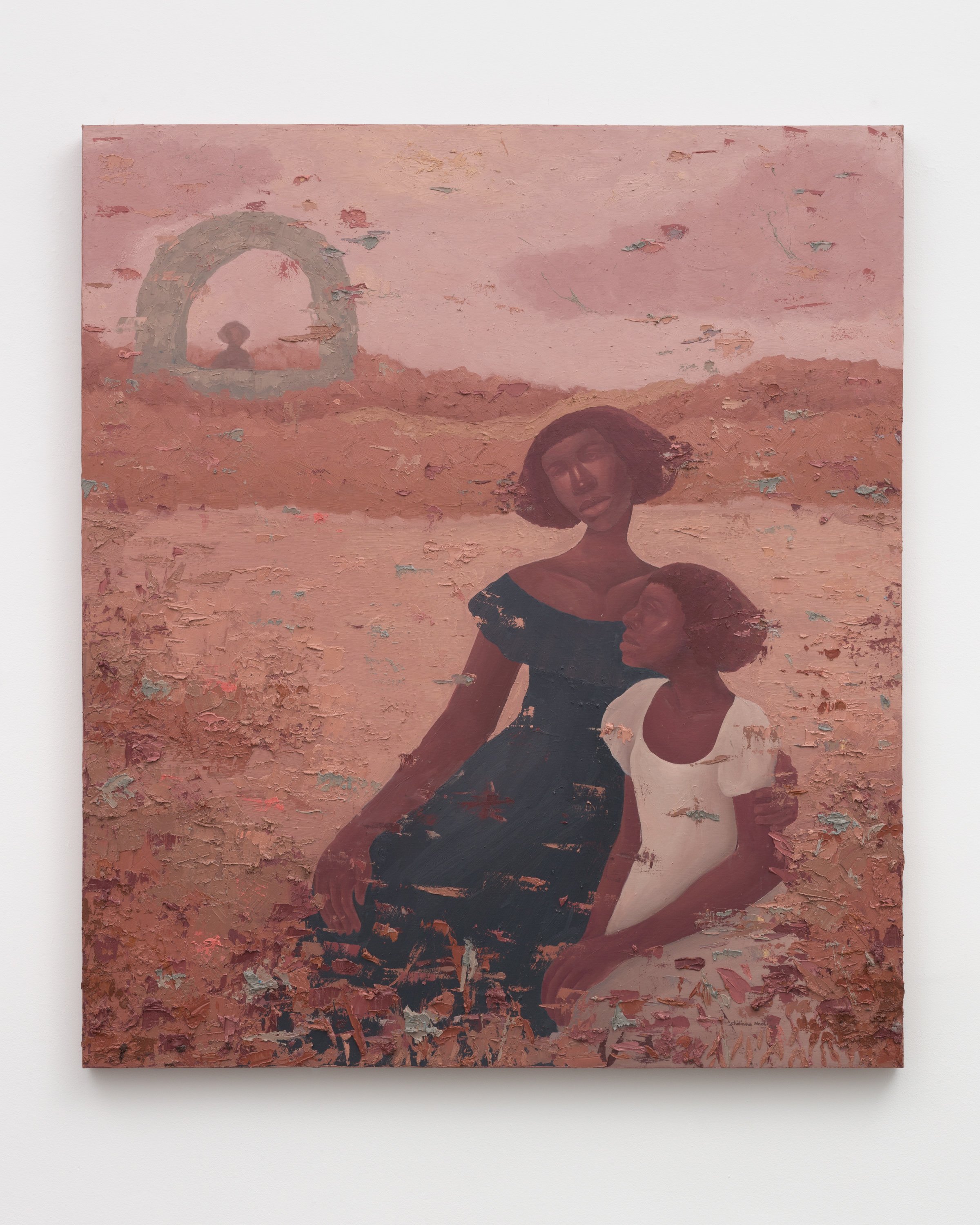Hansell shares about their gift for reading the style palm of others and tuning the gender dial.
Gurtie Hansell’s love for fashion and connection to altered clothing stems far into their past. At a young age their grandmother taught them to sew and from there it seemed, in Hansell’s words, “I always made clothes or augmented clothes to fit my weirdo personality.” However, Hansell started to make a more communal and consistent practice of it in 2015. For the retirement party of Chicago’s Chances Dances, Hansell was approached about facilitating a fashion show. The project materialized into something substantial. Hansell reminisced on the crowd’s positive reactions. “And I had a lot of fun and the models really liked it,” they added. That Hansell would receive such positive reviews from all around didn’t surprise me. It’s in their nature to honor and connect with others, something I’ve experienced first hand in all my encounters with them.
After the fashion show, Mary Eleanor invited Hansell to display in the window of the boutique and gallery space Tusk. From there Hansell thought, “Okay, I guess this is what I do now.” They credit the encouragement from their community as the spark to transition to an entrepreneurial artist. At the time they’d been working for six years doing corporate level branding and graphic design for Whole Foods. “I lived in front of a computer,” Hansell said, “And I’m a very tactile person,” making their transition to the material world of fashion and alterations a natural one. Though that’s not to say their practice is without challenge. Mostly recently, they’ve been struggling to decipher how to maintain the political heart that fuels their work without capitalizing off of tragedy. Much of their altered fashion consists of upcycling t-shirts by screen printing on them. They do not shy away from imbuing political statements with humor, referring to such t-shirts as “an analog meme.” With hefty doses of intention and goofiness, Hansell’s work hits with a heartfelt relevance and their humor buoys grave subjects with a zany spirit of hope.
Ox-Bow, its traditions and culture, have largely influenced Hansell’s practice. They first visited in 2020 to volunteer at a Halloween event, which has since become one of their annual reasons to come to campus. “Halloween has become [a] part of my practice because of those visits,” Hansell said. These experiences have encouraged Hansell to more deeply explore drag, which they say is “directly linked to the freedom [they have] experienced at Ox-Bow” during Halloween each year. This sense of liberation is one they hope to facilitate in their workshops and one they’ve clearly achieved in years past. In particular, Hansell loves to twist what they refer to as the gender dial. “If I wear a dress, and I love to wear dresses,” Hansell explained they’ll tune in the dial by “then [throwing] on a ballcap” to add a dash of masc to the fem look of a dress.
Hansell rocking the dress and ballcap combo.
Interpretations of gender and willingness to play with them comes naturally to Hansell. They even enjoy twisting this dial when they stylize for others. When I asked Hansell how they go about creating looks for another person, they said, “I think it’s always been a facet of who I am.” They described it as a form of listening to others. When one lends their ear to how others present themselves, it becomes easy enough (for Hansell at least) to offer that individual a look that honors them. Hansell refers to this act as “reading the style palm” of others.
One of Hansell’s favorite parts of Art on the Meadow Workshops is watching folks settle into the space. At the start of the class, participants learn to shed their fears and grow comfortable with the sense of whimsy and spontaneity in Hansell’s workshop. Hansell describes that the four day workshop has a kindred feeling to getting ready for a party as they sift through clothes and help each other find and modify objects to achieve a desired look. The intergenerational aspect, hosting students from 16 to 60+ has also fueled Hansell’s time on campus. “It’s always such a wild mix,” Hansell said. The exchange of creativity between all ages in the workshop and the friendships that form over just four days is truly remarkable.
Those looking to revamp their wardrobe and encounter the enthusiasm and inspiration that Gurtie Hansell always provides, should consider enrolling in their upcoming workshop Renewed Ready-to-Wear.
Gurtie Hansell is a multimedia artist, teacher, and entrepreneur working out of their home studio and backyard in Chicago. They draw on fashion, printmaking (and print-breaking), as well as graphic design to outfit their community for pageantry, protest, and pleasure. Their wearables are deeply inspired by decades in queer nightlife, camp craft, and generally being loud in public. Gurtie owns a gender-expansive streetwear brand called Kangmankey which they've run since 2015, and they also co-operate a production and costume design company called MotherTwin. This is their fourth year teaching "Renewed Ready to Wear" at Ox-Bow.
All images are courtesy of the artist.
Research and interviews were conducted by the article’s author, Shanley Poole, Engagement Liaison & Storyteller. The article was originally published in Experience Ox-Bow 2024.





































